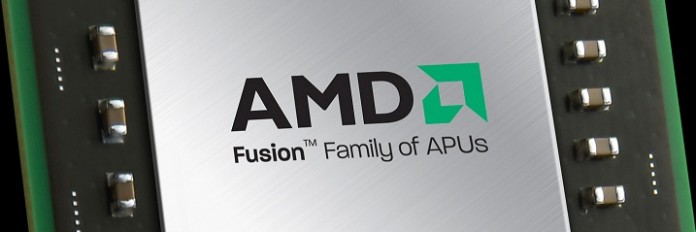AMD’s coming Trinity architecture is not far off, and has now been benchmarked in Folding with a mobile version: A8-4500M. The processor performance is actually better than expected, even though we are dealing with Piledriver cores.
Trinity is AMD’s next generation APU, and comes with two Piledriver module, which results in a total of four processor cores. On the same silicon we find six VLIW4 clusters that build on the same architecture we find in the HD 6900 series, but many of the functions found in the new HD 7000 series has also made it. It is therefore expected by AMD to deliver on the integrated graphics and raise the bar even higher on that part.
Piledriver is an evolution of Bulldozer, which has made many question its processor performance, especially after the first benchmarks leaked. What we believe is a manufacturer has tested the mobile version of Trinity in Folding and the benchmark show promise. Something that speaks in AMD’s favor is the high clock frequencies that can compensate for the lower performance-per-clock with the new architecture. The benchmarks are with two different systems and the results in Folding varies.
| Processor | A8-4500M “Trinity” | A8-4500M “Trinity” | A8-3500M “Llano” | Diff. |
| Clock frequency |
? | ? | 1,5 GHz (bas) 2,4 GHz (turbo) |
– |
| Floating Point Speed | 1 655.51 | 1 679.55 | 1 580.98 | 5.47% |
| Integer Speed | 5 214.95 | 5 662.48 | 3 921.99 | 38.67% |
| TDP | 35W | 35W | 35W | – |
The two cores in a Piledriver module shares one floating point unit which can be split into two smaller, so the boost there is relatively marginal. When it comes to integer performance the boost is nearly 40 percent, this is even thought the new processors are specified to the same TDP. AMD told us we can expect up to 25 percent better processor performance with the same energy consumption over last geenration, which matches the results above. The exact frequency of A8-4500M is uncertain at this time, but should be higher than 1,5 GHz found with A8-3500M.















